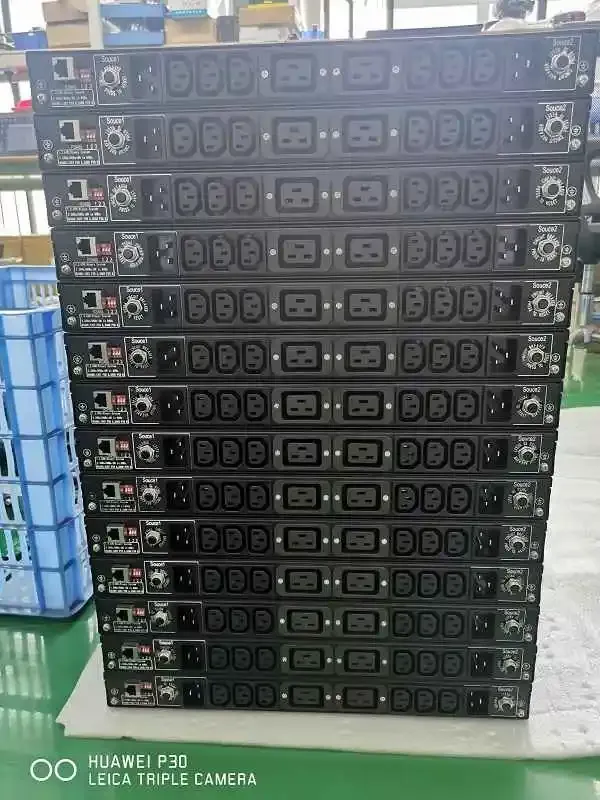

A static toggle switch is a device used to control an electrical circuit by turning on or Closing a circuit allows the flow or cessation of current. The principle is based on the conductor in the circuit。
Conversion between electrical and non-conductive materials
When the static toggle switch is in the off state, there is a disconnect between the conductive materials
Non-conductive materials, which prevent the flow of electricity. And when the static switch is on
In the open state, a continuous path will be formed between the conductive materials, and the current can flow freely ground flow.
A static toggle switch usually consists of a mechanical or electronic component that controls the conductive
The connection or disconnection between materials and non-conductive materials. Generally speaking, static switching on
The switch state can be switched by manual control, electronic signal or other means
